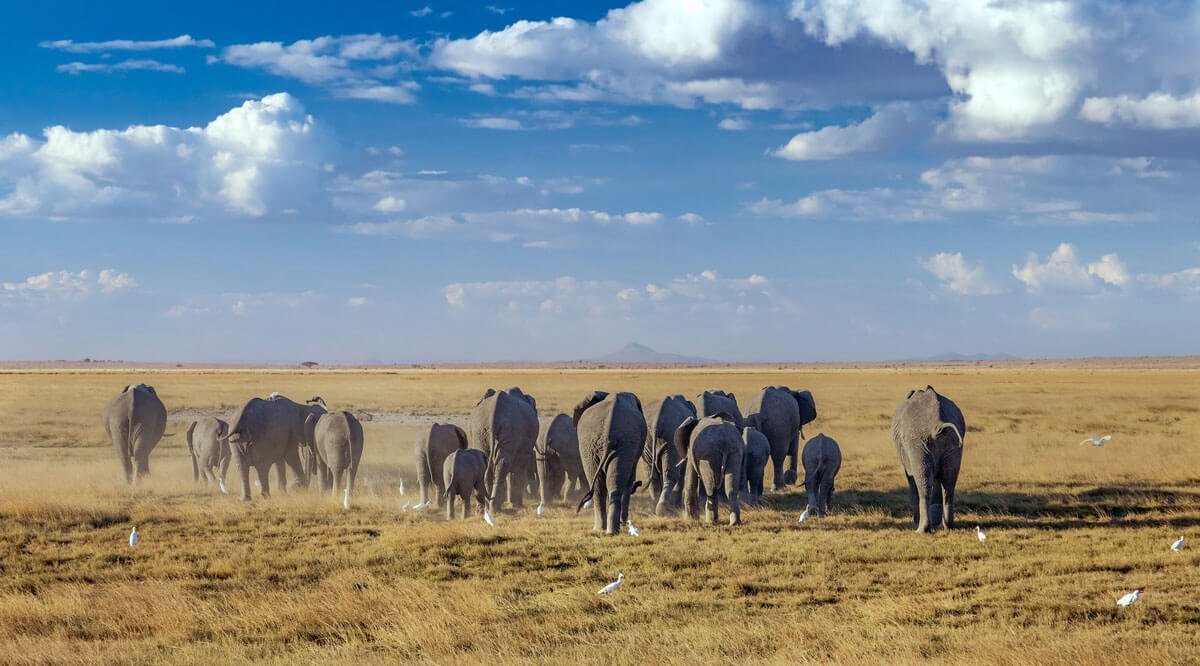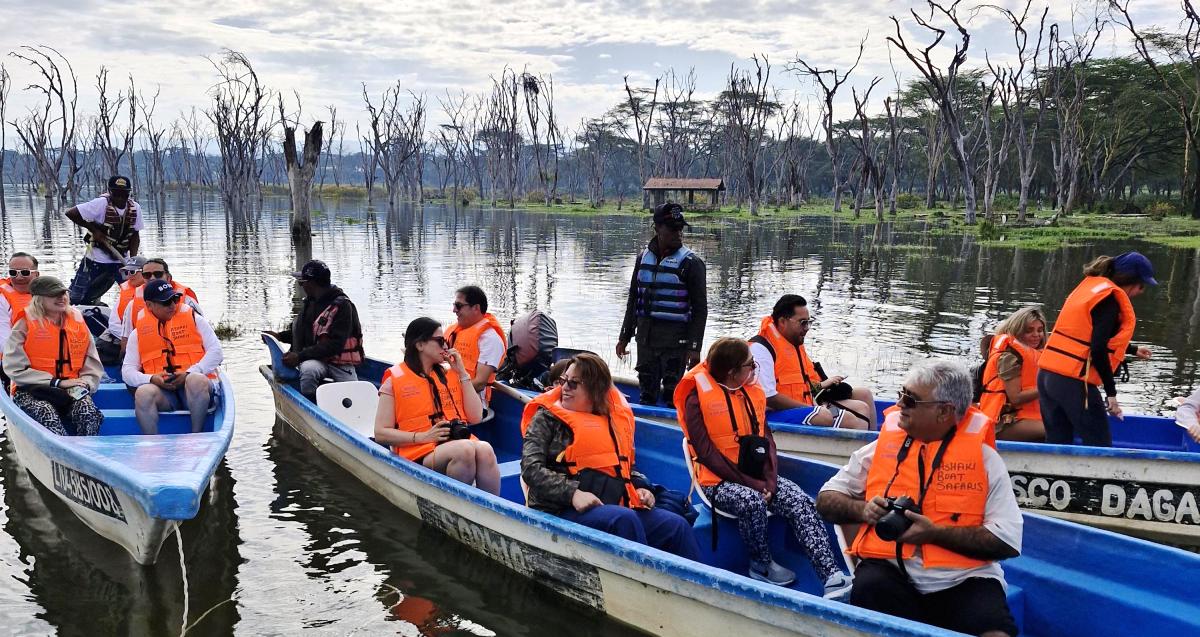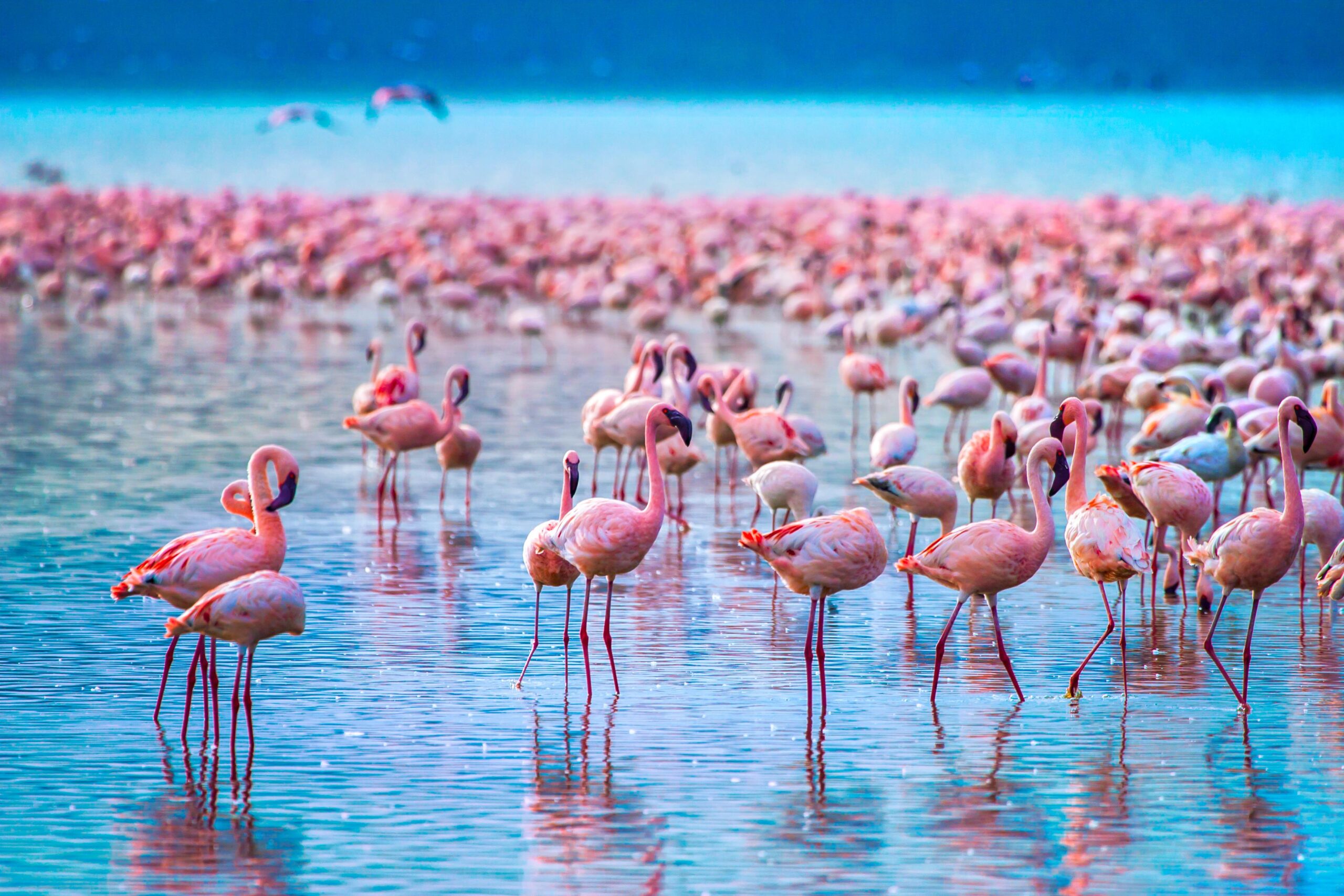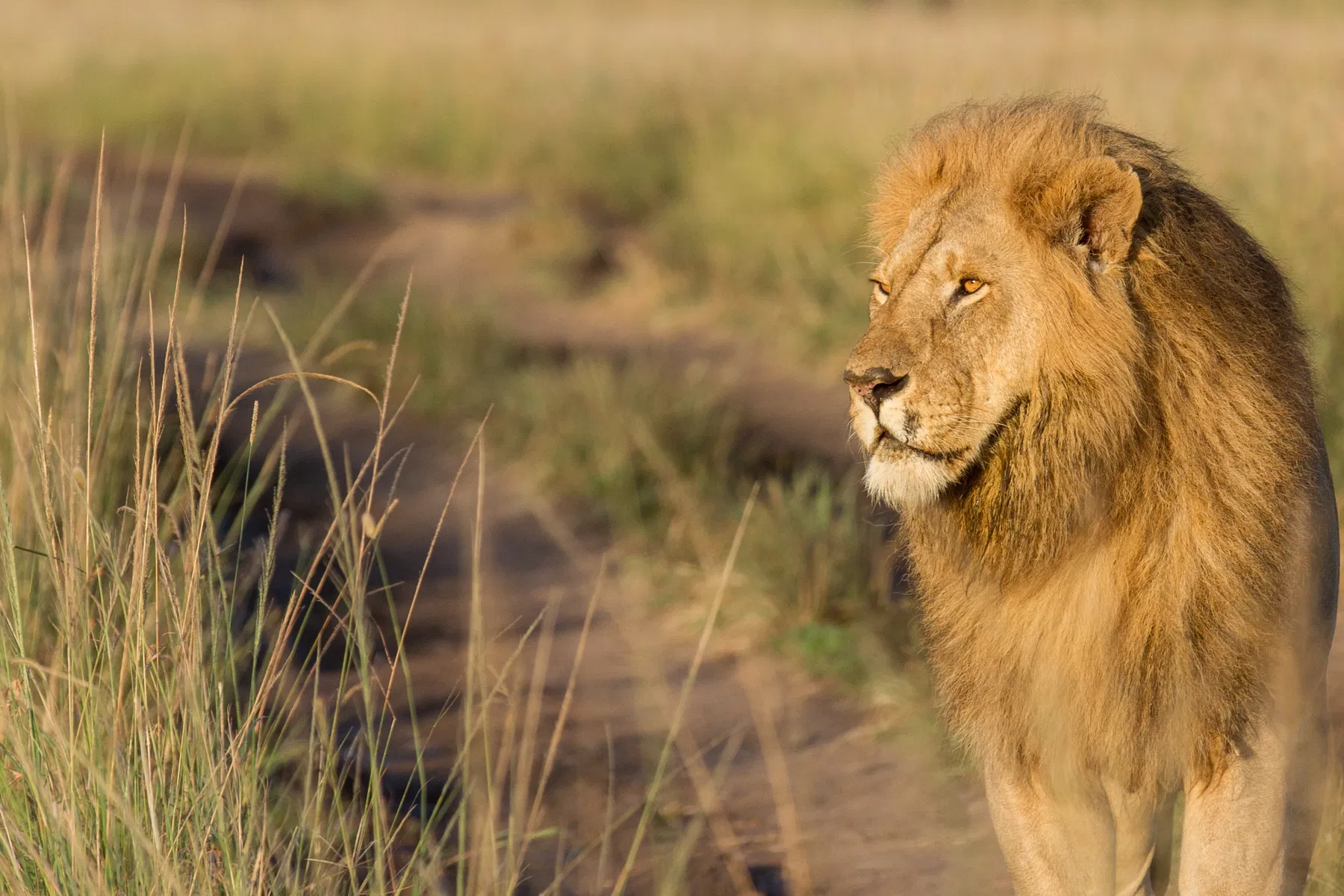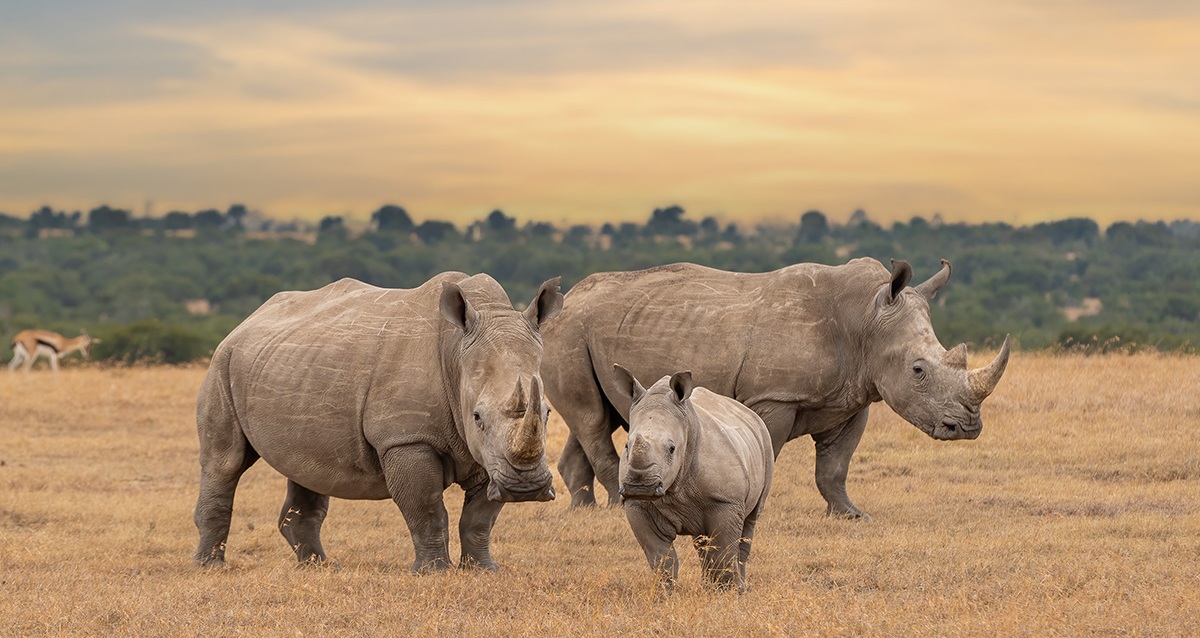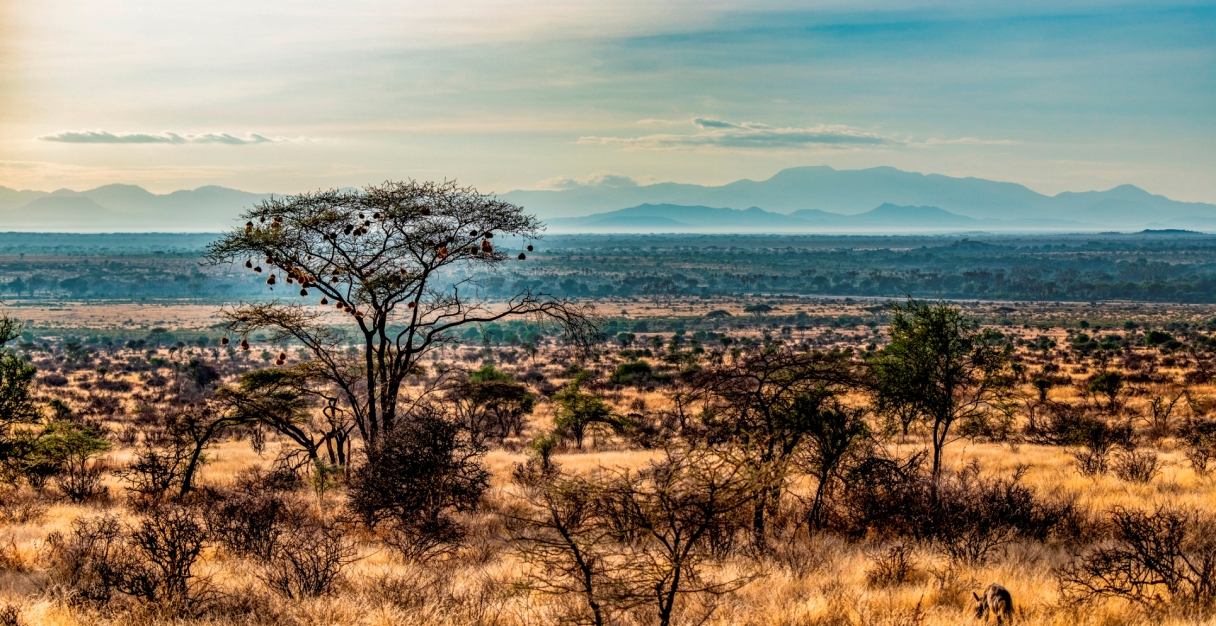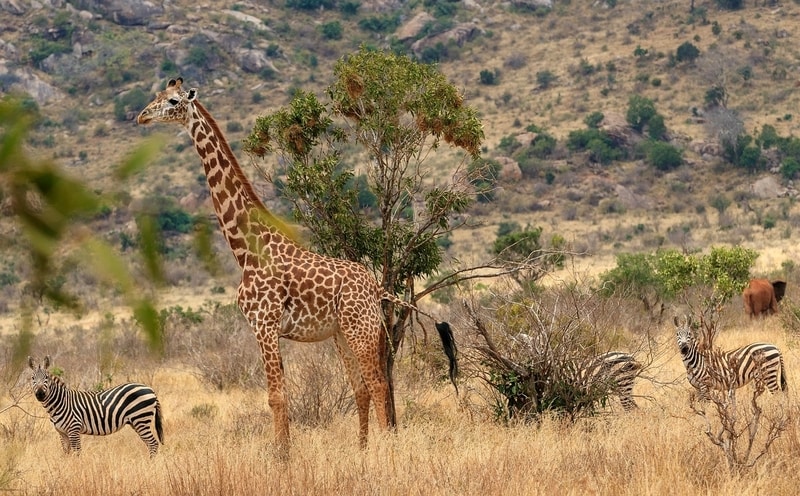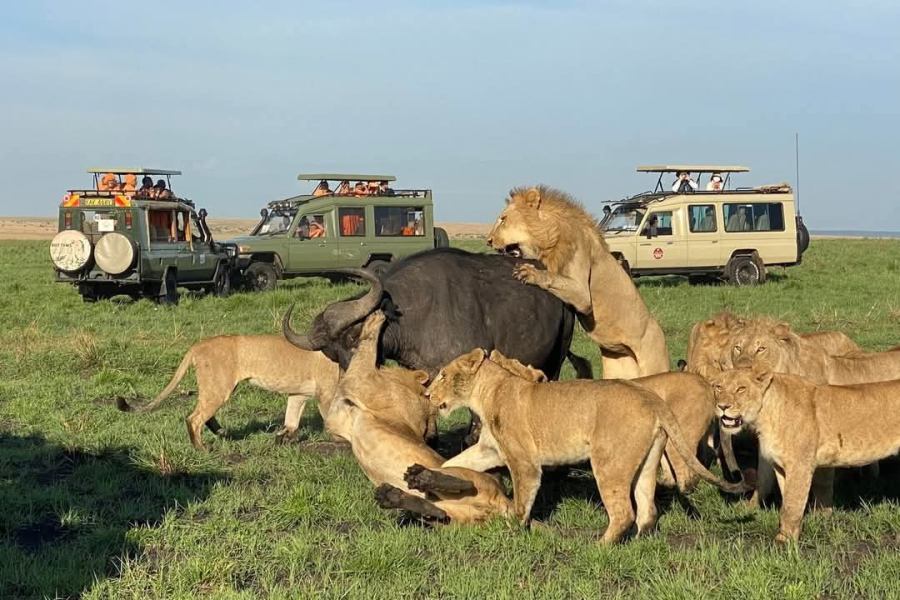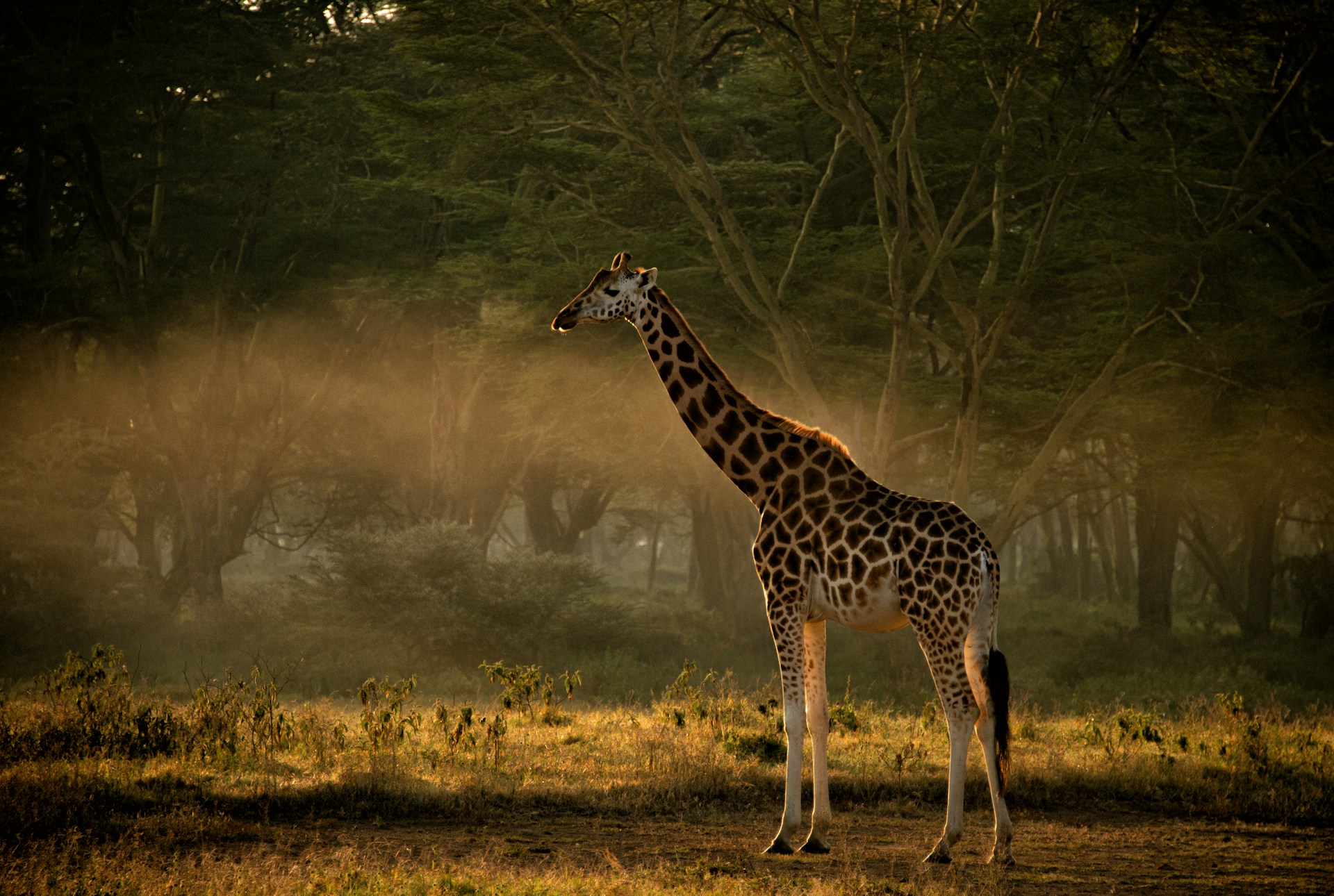The Maasai Mara National Reserve and its surrounding conservancies are world-renowned for having one of the highest lion densities in Africa. It’s arguably the best place on the continent to observe these majestic big cats in their natural habitat.
Lions in the Maasai Mara live in prides, which typically consist of 7 to 20 individuals. Thanks to effective conservation efforts and monitoring, many lions have been given distinct names, especially dominant males and coalition groups, making it easier to track their lives and legacies.
FAMOUS LION PRIDES OF MAASAI MARA
Rongai Pride Size: 20 individuals
Known For Powerful buffalo hunting tactics and successful rearing of multiple generations of cubs.
Dominant Males: Originally five brothers from the Black Rock Pride—Oloisiadu, Lorkulop, Oloiborr, Olishia, and Oloimina. Only Oloshipa and Oloimina remain today.
Black Rock Pride Size: 18 individuals
Known For Strong family bonds and raising powerful male coalitions.
Territory: Rocky areas around the Sand River.
Dominant Males: Oloiborr and Manywele
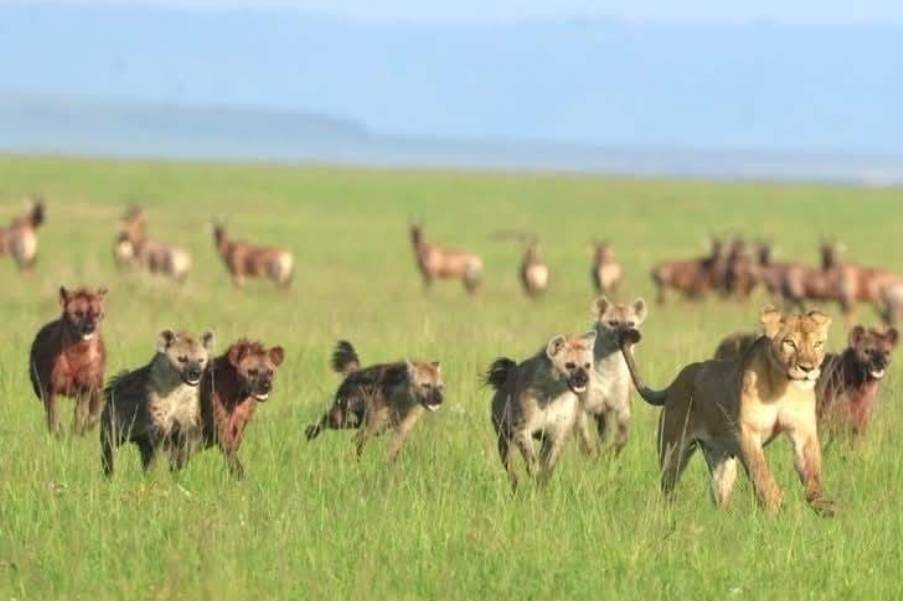
Survey Pride Size: 3 females and 4 cubs
Challenges Surrounded by rival male coalitions, including the 3 Kaskazk Boys – Omokale, Bron, and Remi.
Dominant Male: Orkirikoi, a well-known lion famed for his muscular build.
History: Cubs fathered by Orkirikoi and the late Kichwa’s son.
Sala Pride
Range: Spends time between the Maasai Mara and the Serengeti (Tanzania).
New Males: Oloolaimutia dispersal males, sons of Chungwa, Droppy, and Manywele.
Recent Activity: Some females seen mating with sub-adult Rongai males – Olenkera, Kindonge, and three others. Cub also sired by Kaskazk males Omokale and Bron.
Sopa Pride (Also Known as Oloolaimutia Pride)
Size: 5 females with cubs
Current Status: Facing displacement by the Black Rock Pride.
Former Dominant Males: Osidai and Mdogo, recently ousted by Manywele and Oloiborr.
Kaka Pride (Henry Pride)
Location: Near Cottar’s and the Tanzania border – a less-visited and restricted area.
Dominant Males: Osidai and Mdogo, following the death of Osopia.
Sightings: Rare due to the remote nature of their territory.
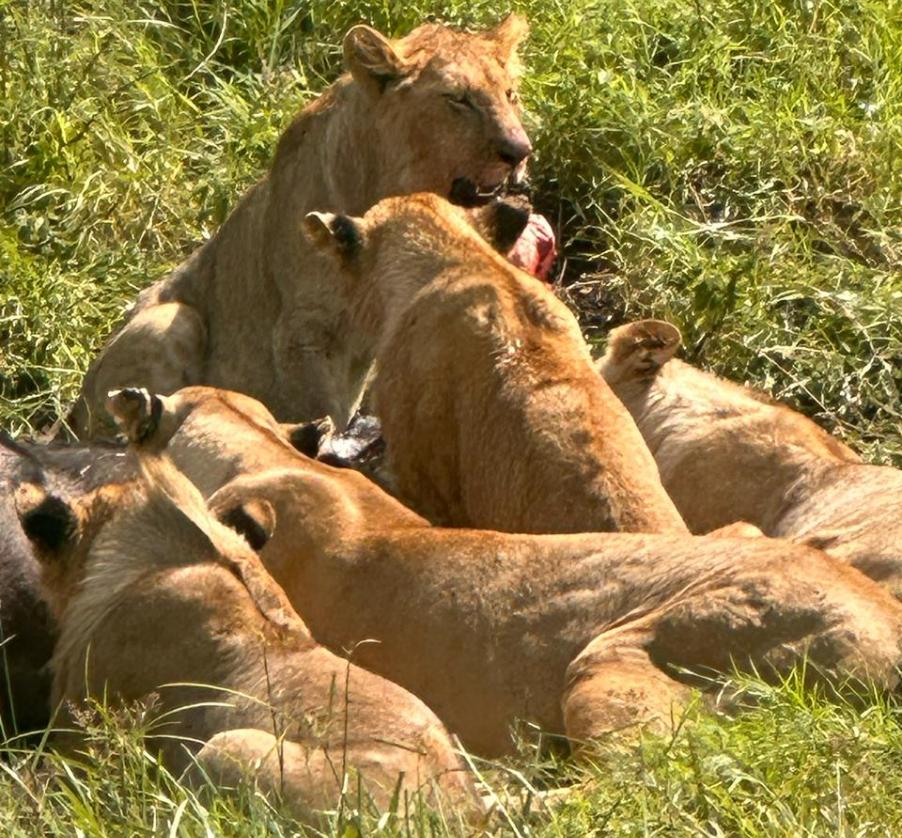
Rekero Pride
Location: Along the Talek River – ideal for ambush hunting.
Known For: Large pride size and high cub survival rate.
Tourism Highlight: Frequent sightings from Rekero Camp, known for dramatic hunting scenes.
Paradise Pride
Fame: Known for dramatic interactions with crocodiles during wildebeest migrations at the Mara River crossings.
Dominant Males: Bila Shaka, Kibokoyo, and Kiok.
Topi Pride
Specialty: Known for high-speed hunts targeting Topi antelopes.
Territorial Expansion: Gaining dominance over neighboring regions.
Males: Some of the current dominant males are also referred to as the Topi Boys.
Marsh Pride
Most Famous Pride: Featured in several documentaries including BBC’s Big Cat Diary.
Strengths: Strategic hunting, strong pride hierarchy, and resilience through territorial battles.
Current Dominant Males: A coalition of 7 Topi Boys.
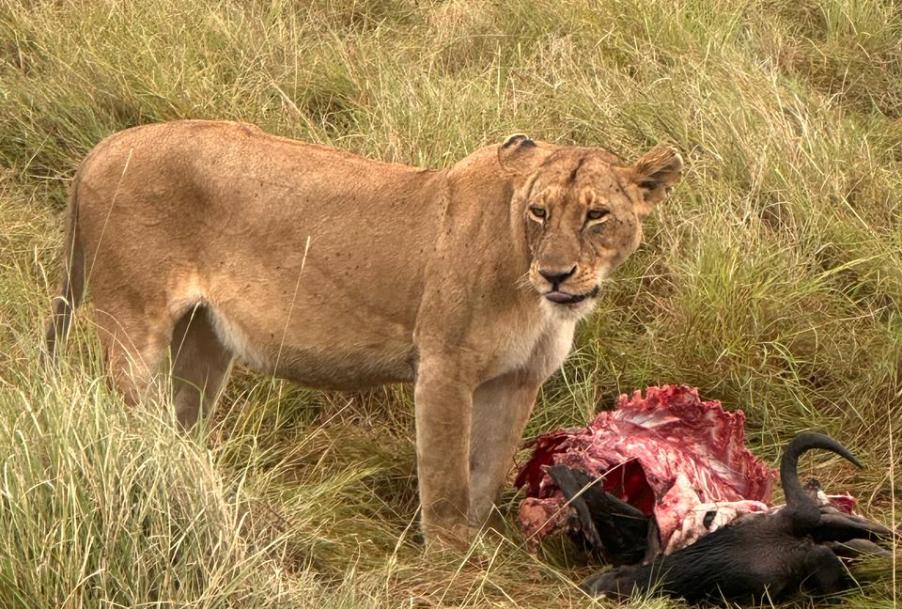
IMPORTANCE OF LION PRIDES IN THE MAASAI MARA ECOSYSTEM
Lions play a crucial role in maintaining a balanced ecosystem. As apex predators, they regulate populations of herbivores like wildebeest, zebras, and buffaloes. This in turn helps preserve grasslands and the entire food chain balance.
BEST TIME TO SEE LIONS IN MAASAI MARA
Dry Season (June–October) is the ideal time to visit, as the Great Migration brings millions of wildebeest and other prey species into the Mara.
Best Game Drives: Early morning and late evening when lions are most active and more likely to be seen hunting or socializing.
CONSERVATION EFFORTS & CHALLENGES
Even though lions are kings of the savannah, they face several threats:
Threats: Habitat Loss due to expanding human settlements and agriculture.
Poaching & Poisoning, though rare, occasionally occurs during human-wildlife conflicts.
Climate Change, which disrupts migration routes and prey availability.
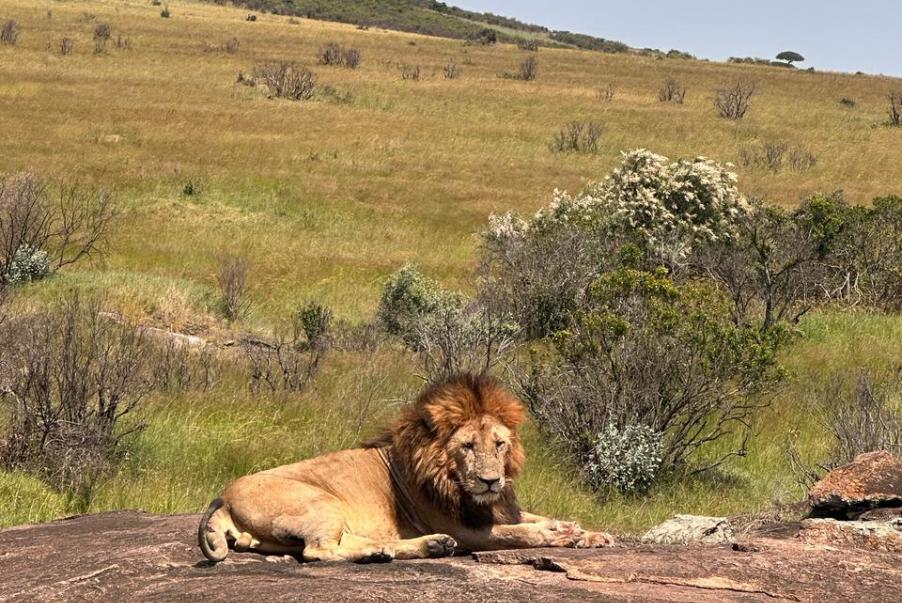
CONSERVATION ACTIONS
Community Conservancies offer locals economic incentives to protect wildlife.
Research and Monitoring help track pride health, movement, and behavior.
Eco-tourism funds local conservation while educating visitors.
PLANNING THE ULTIMATE LION SAFARI IN THE MAASAI MARA
Here’s how to make the most of your safari:
✅ Choose the Right Time: June to October for best sightings.
✅ Book Early: High season gets booked out months in advance.
✅ Be Patient & Respectful: Lions may rest for hours—wait for dusk or dawn for action-packed sightings.
